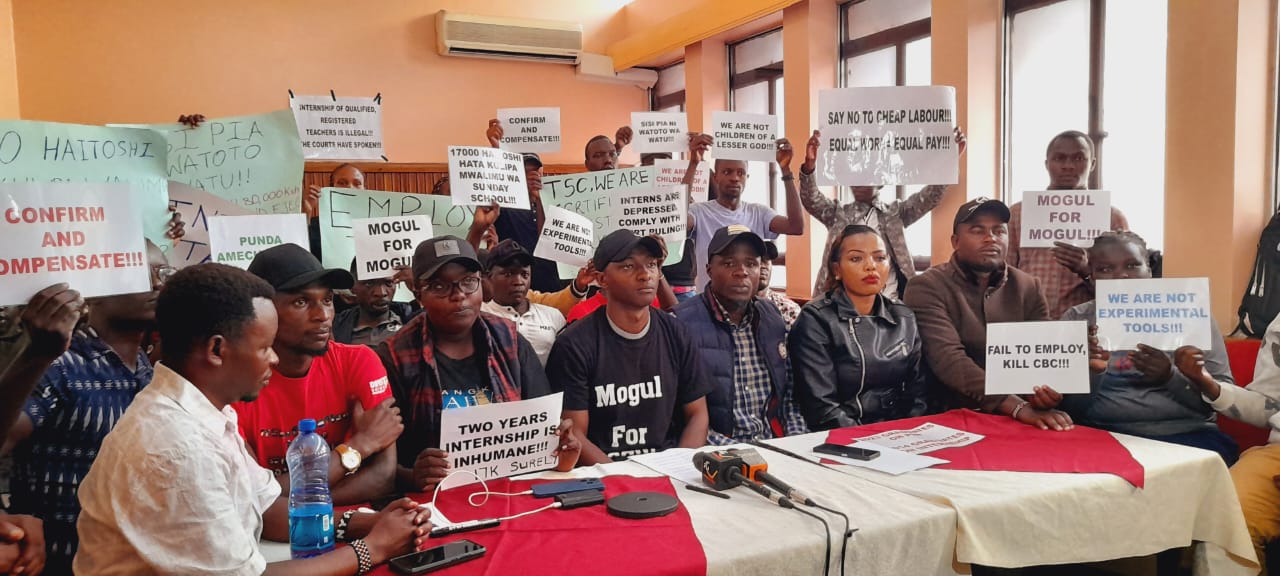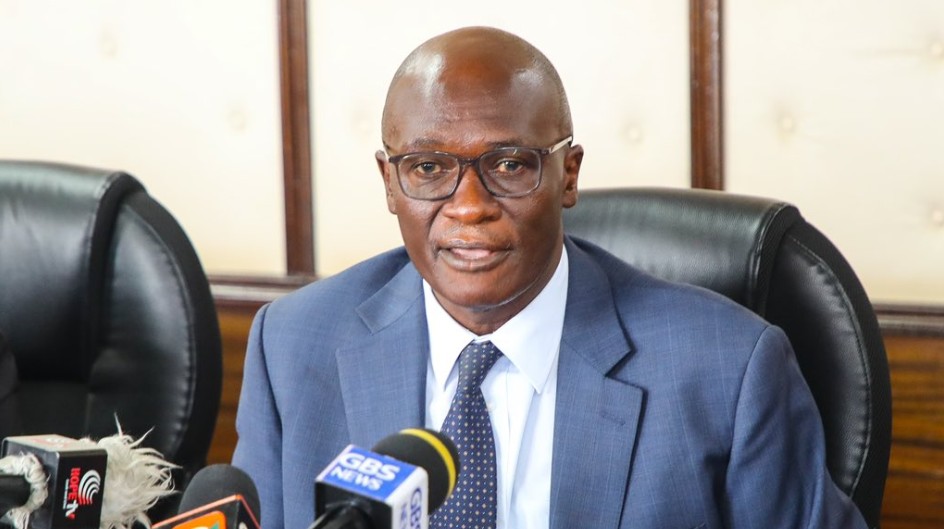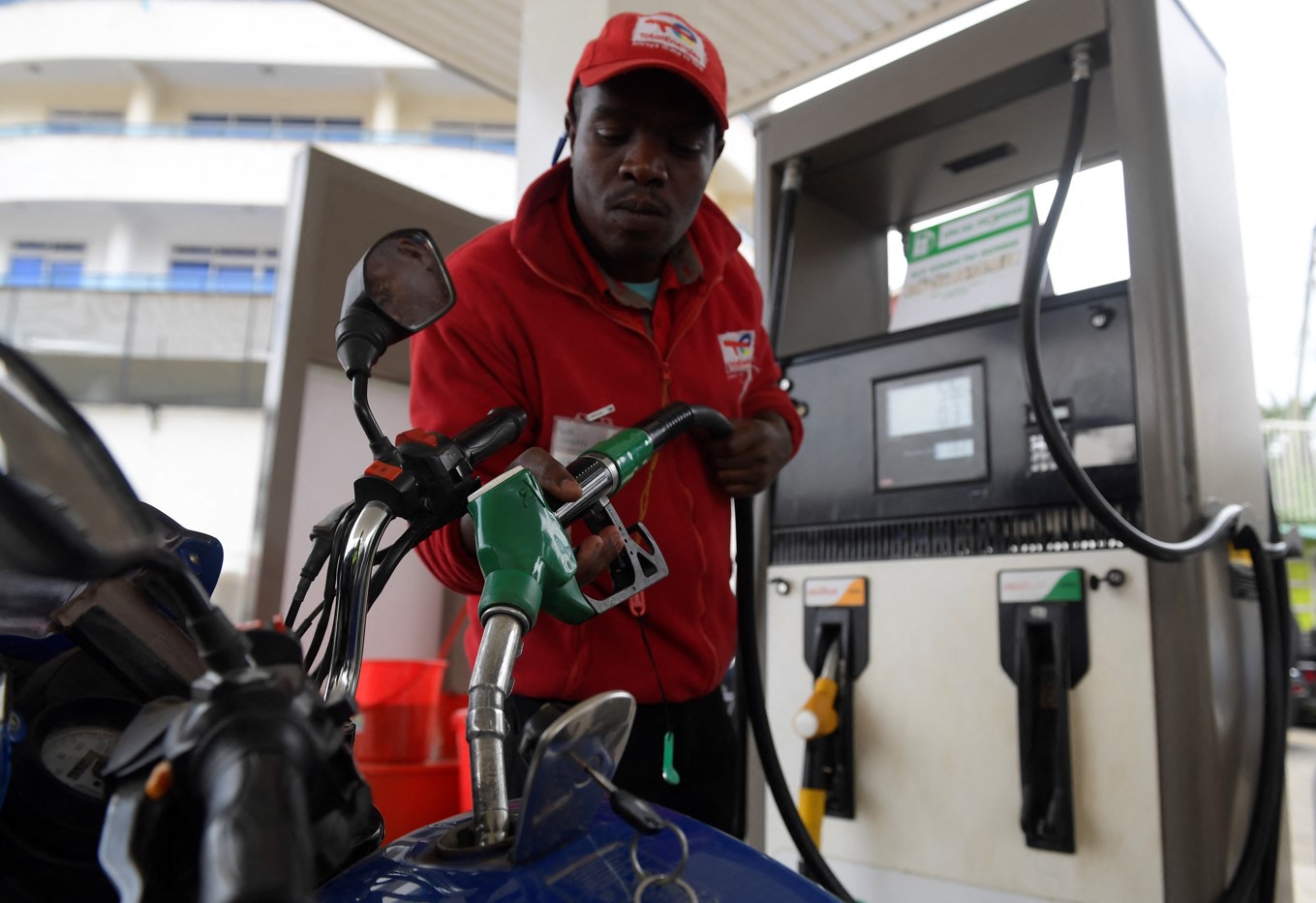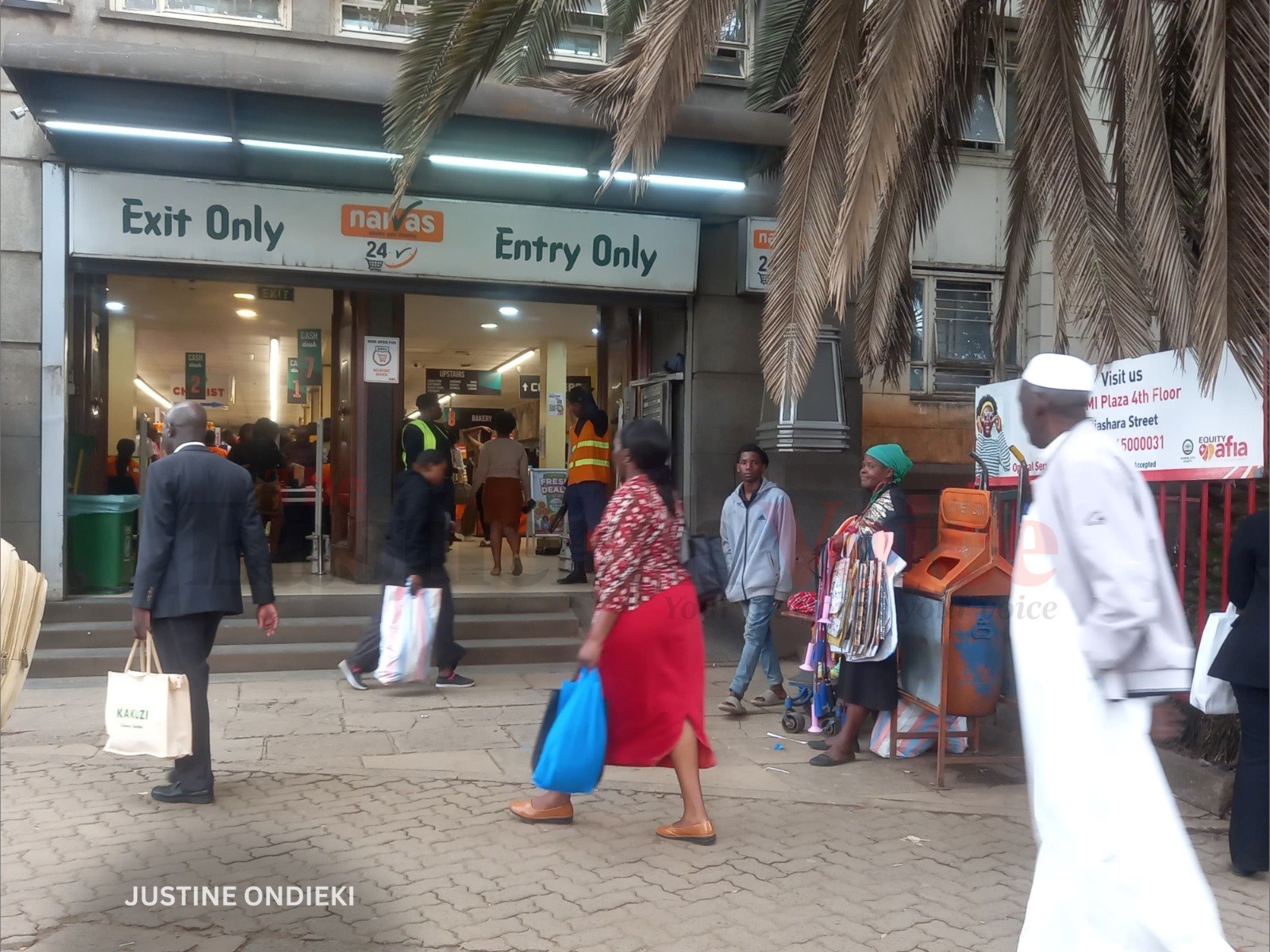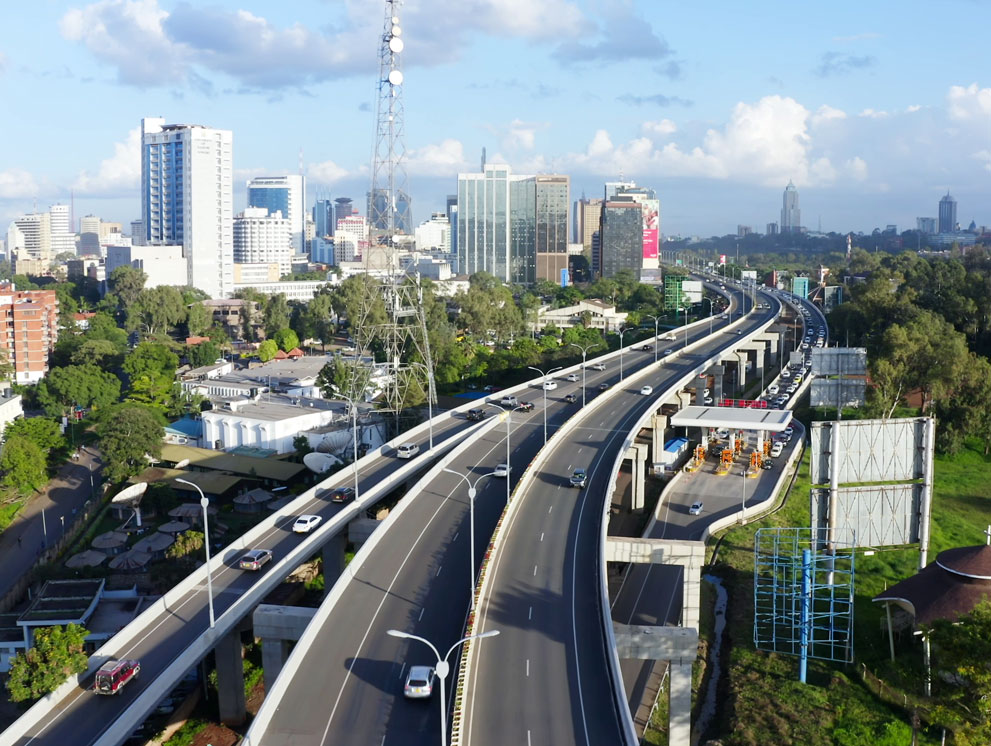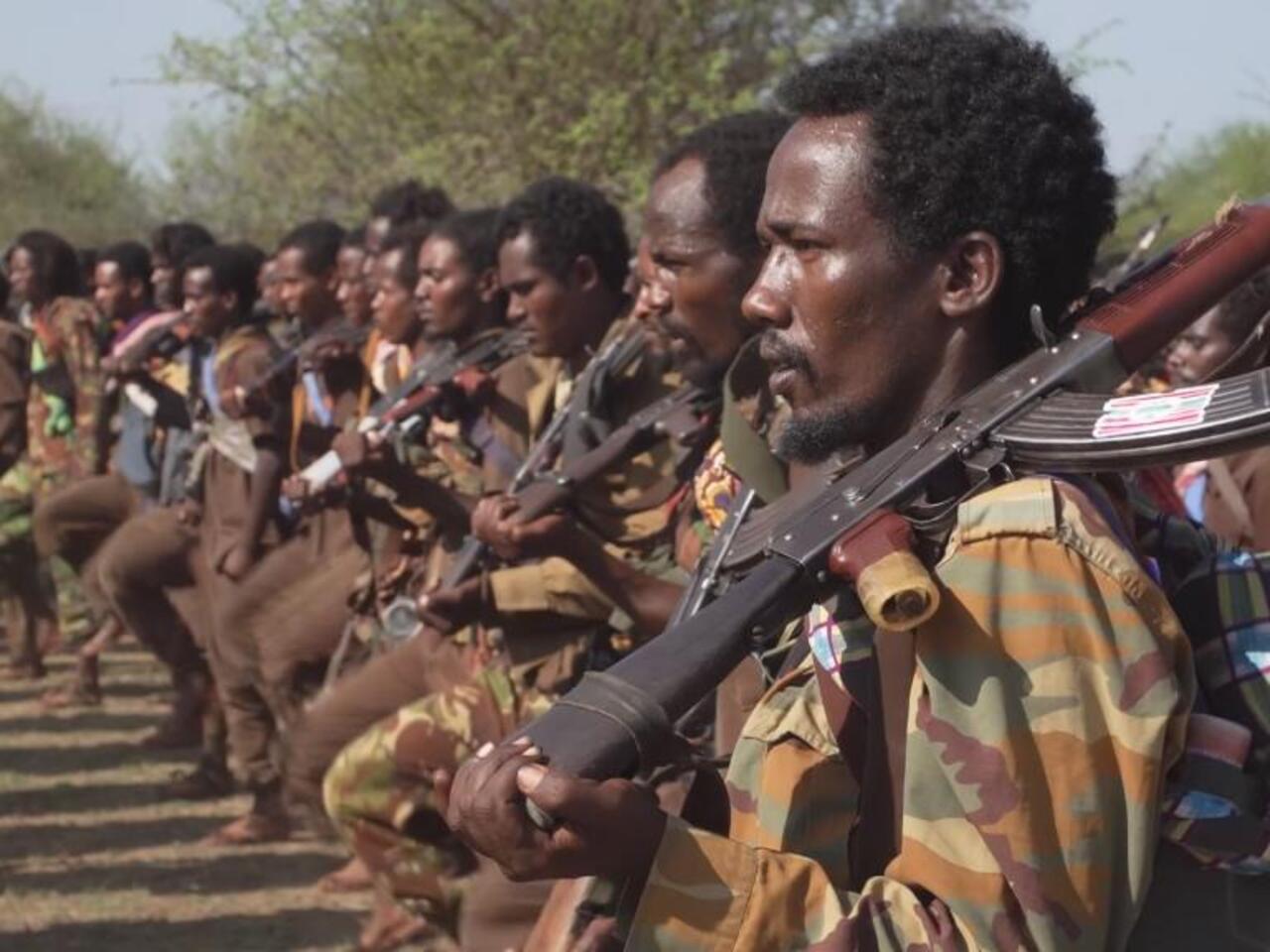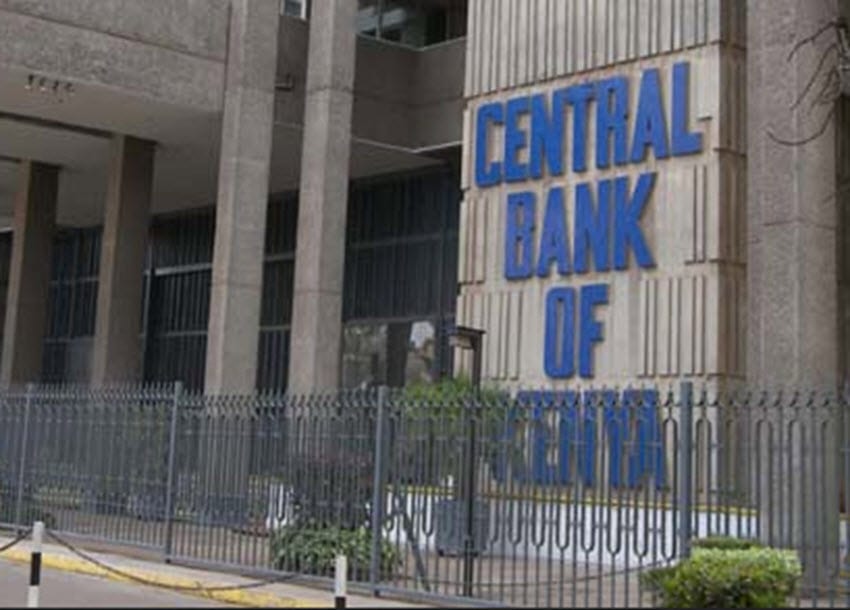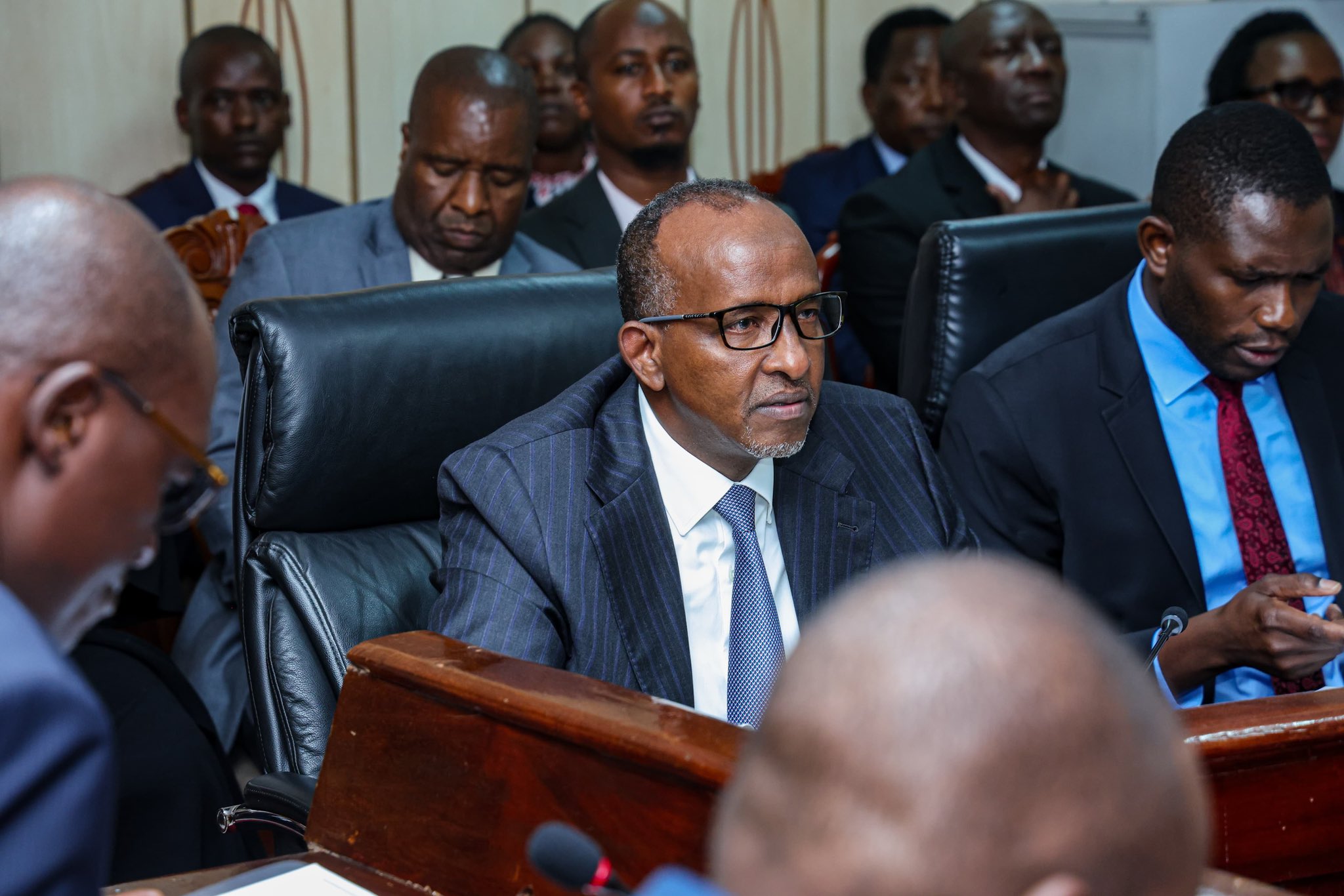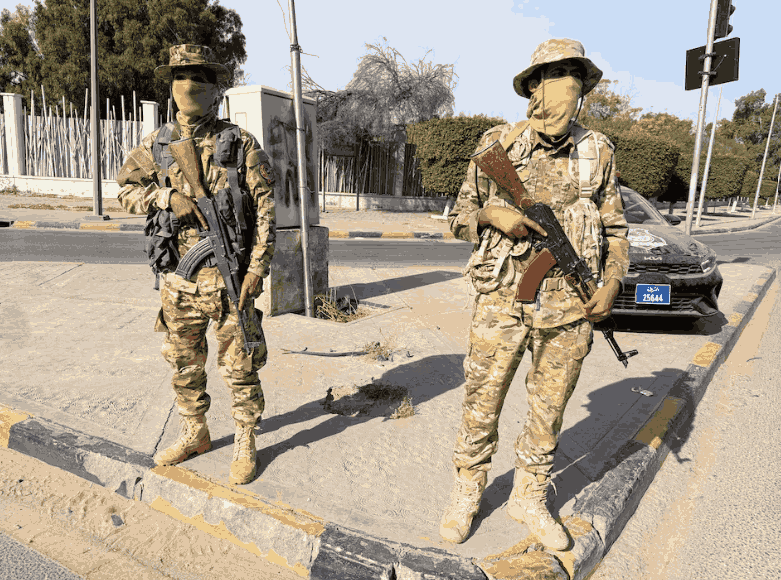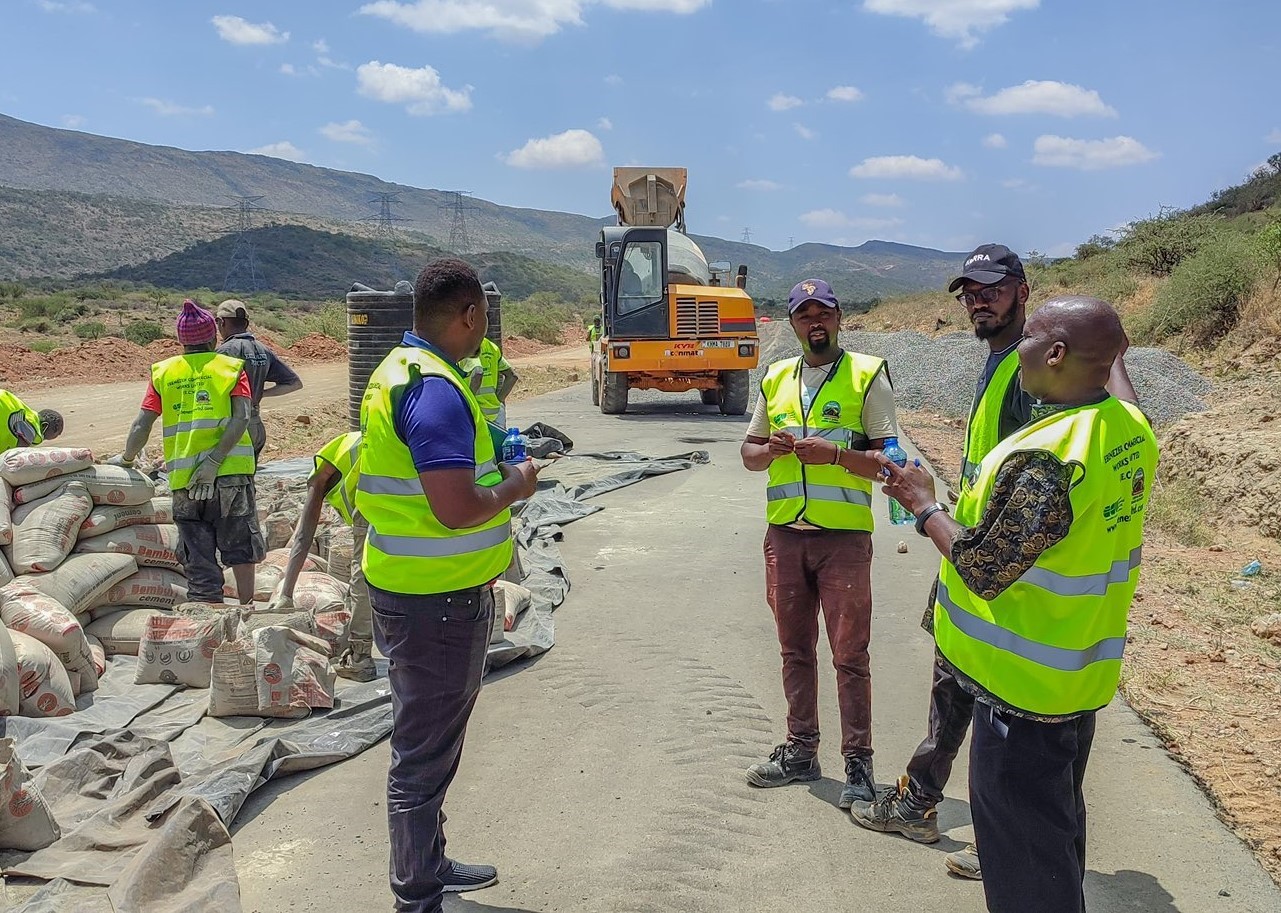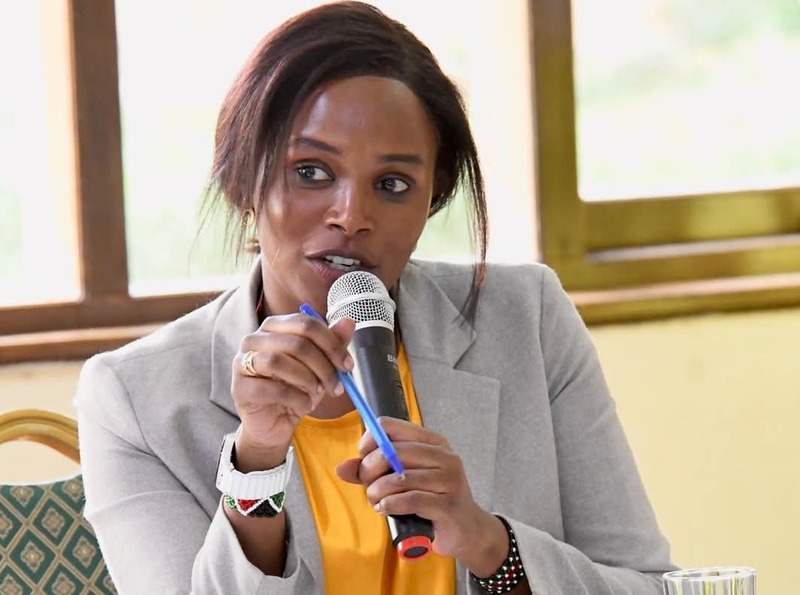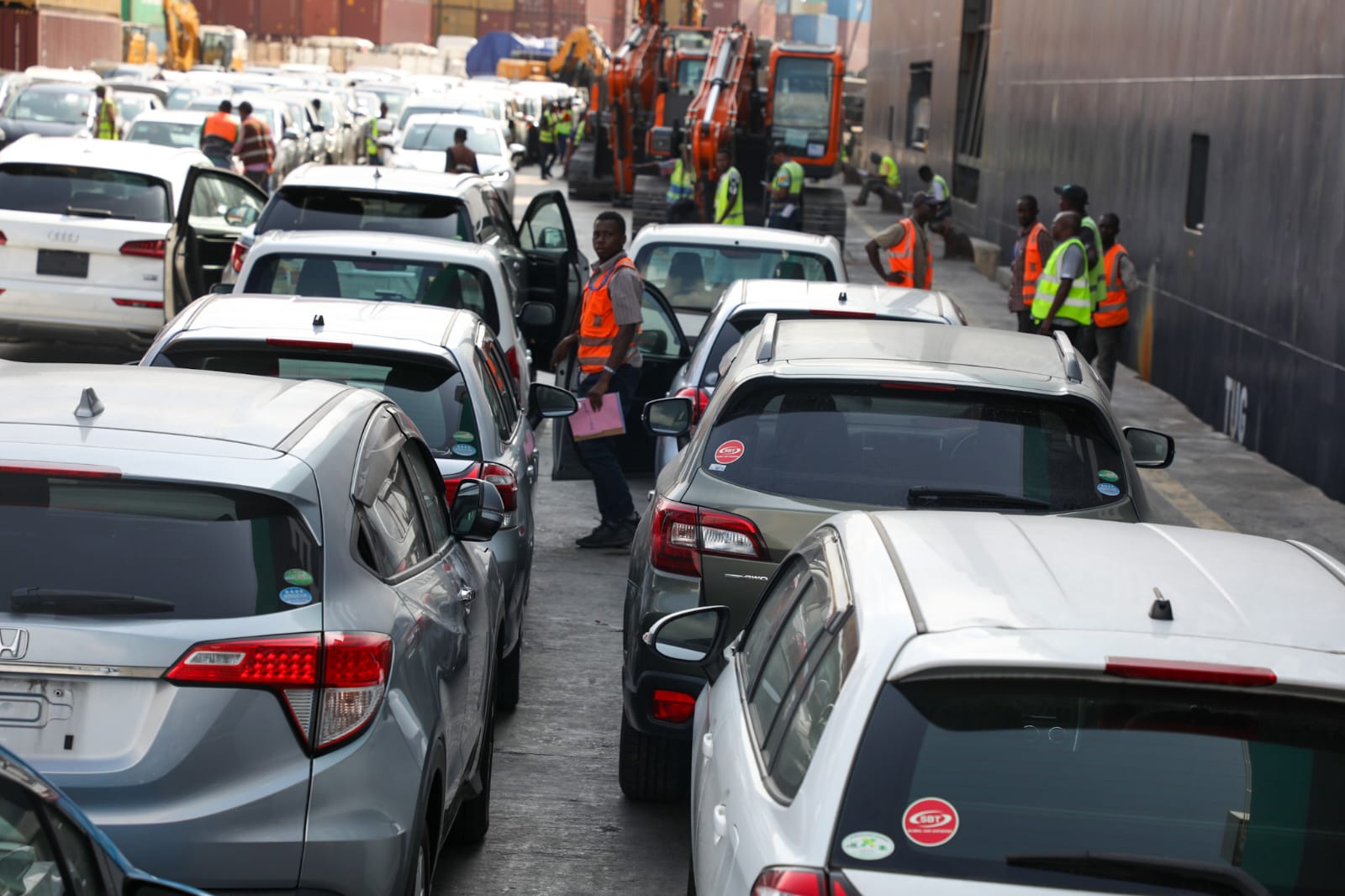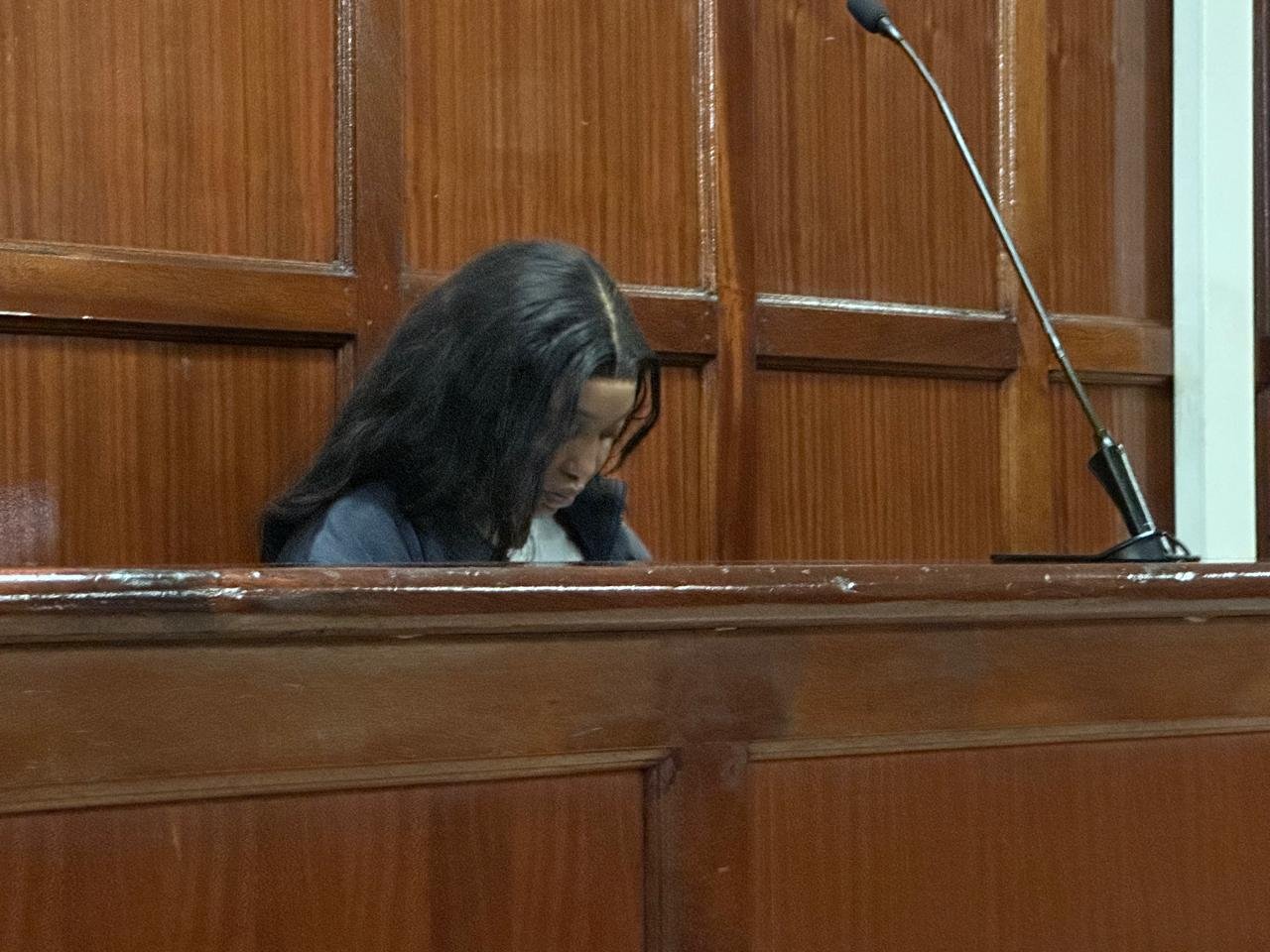Why adaptive insurance could best address constant exposure of the poor to climate disasters
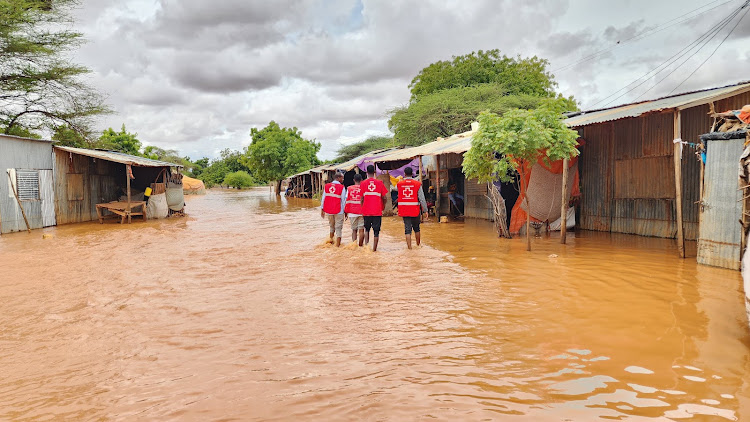
The World Bank attributes the ongoing vulnerability to the lack of comprehensive social insurance programmes designed to safeguard a broader segment of the population.
The most vulnerable populations in Sub-Saharan Africa are increasingly facing threats from climate crises, with over 70 per cent of them persistently exposed to extreme weather events and environmental disasters.
According to a recent report on poverty and prosperity by the World Bank, traditional interventions involving safety nets are proving inadequate.
More To Read
- World Bank: Africa risks missing growth dream amid rising conflict, fragile reforms
- Turkana to take over Sh2bn infrastructure project under Kenya–South Sudan Link Road Programme
- Consumers to benefit from decline in global commodity prices, says World Bank
- Saudi Arabia, Qatar to settle Syria's outstanding arrears of around $15 million to World Bank
- Kenya will wait to draw down $1.5b UAE loan, finance minister says
- No respite for consumers as commodity prices continue to rise in February
Safety nets, which include social protection programmes such as emergency cash transfers and food aid during crises, aim to alleviate poverty and prevent deeper impoverishment. However, the report argues that these measures have not effectively addressed the chronic vulnerability of Africa’s poorest populations, particularly those in arid and semi-arid regions.
The World Bank attributes the ongoing vulnerability to the lack of comprehensive social insurance programmes designed to safeguard a broader segment of the population.
"While safety nets serve as last-resort insurance, they need to be complemented by social insurance programmes designed to protect a wider population from falling back into poverty due to individual or systemic shocks," the report states.
It also highlights the importance of international insurance mechanisms to help countries manage the effects of large-scale natural disasters affecting multiple nations or pandemics.
The report emphasises the need to expand the insurance landscape to reach the most vulnerable communities, alongside foundational investments in human capital and infrastructure.
In Kenya, the heavy rains and floods experienced in April and May 2024 caused widespread suffering and destruction, resulting in a significant crisis, particularly in the education sector.
The unprecedented weather phenomena displaced residents, destroyed buildings and schools, caused latrines to sink, and damaged roads, bridges, and livelihoods.
By the end of May, an estimated 267 people had died, 188 were injured, and 75 were reported missing. Additionally, 281,835 people (56,367 families) were displaced, and nearly 380,573 people (76,114 families) were affected, according to the National Disaster Operations Centre.
More than 9,973 livestock were lost, and damage included 41,562 acres of cropland, 61 roads, 886 businesses, 1,967 schools, 1,465 water sources, and 62 health facilities across 11 of the 42 affected counties.
To prevent such crises in future, the World Bank notes the need for vulnerable countries to shift from solely relying on safety nets to adopting insurance programmes. This approach, termed adaptive social protection, can help at-risk populations manage climate-related hazards by facilitating the timely transfer of resources to disaster victims.
The report criticises overreliance on safety nets, stating that they do not guarantee comprehensive coverage of climate risks for all vulnerable populations. "Post-disaster transfers have a benefit-cost ratio above 1.3," it notes.
Developing insurance markets and increasing demand for insurance in climate disaster-prone areas is therefore vital, the report adds.
However, it acknowledges that demand for insurance among vulnerable households, particularly in arid and semi-arid regions, remains constrained by affordability and other barriers.
"Interventions to reduce prices, such as lowering reinsurance costs or reducing taxes on insurance products, can increase demand. Furthermore, financial literacy training would boost the uptake of insurance," the report explains.
Liquidity constraints also limit the use of insurance in these regions.
Highlighting the limited role of insurance in managing climate-induced disasters, the report reveals that in 2023, global economic losses from natural disasters were estimated at $380 billion (£300 billion), with only about one-third covered by insurance.
In low-income countries, less than 10 per cent of losses were insured, forcing governments to divert scarce development funds towards disaster recovery efforts.
Top Stories Today
